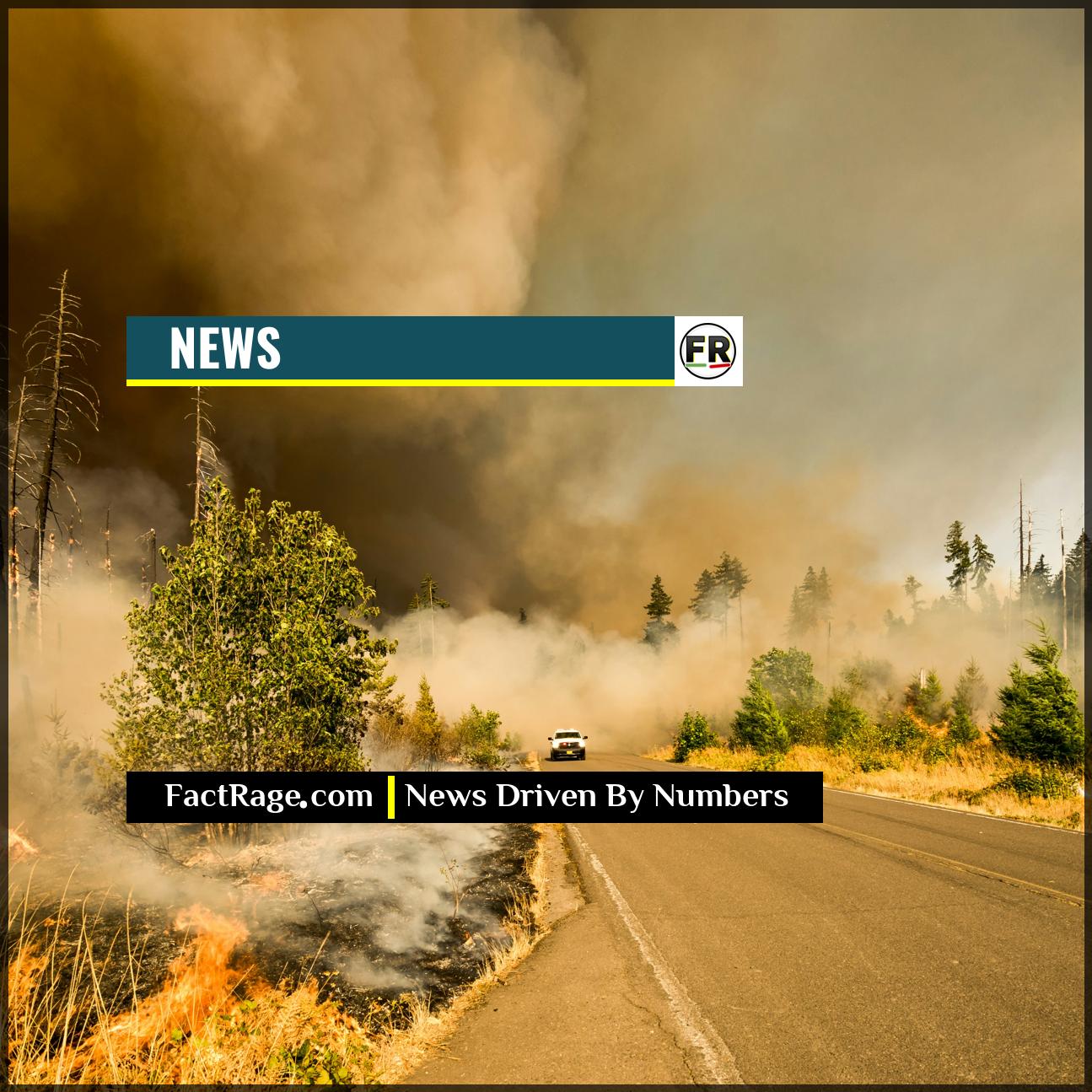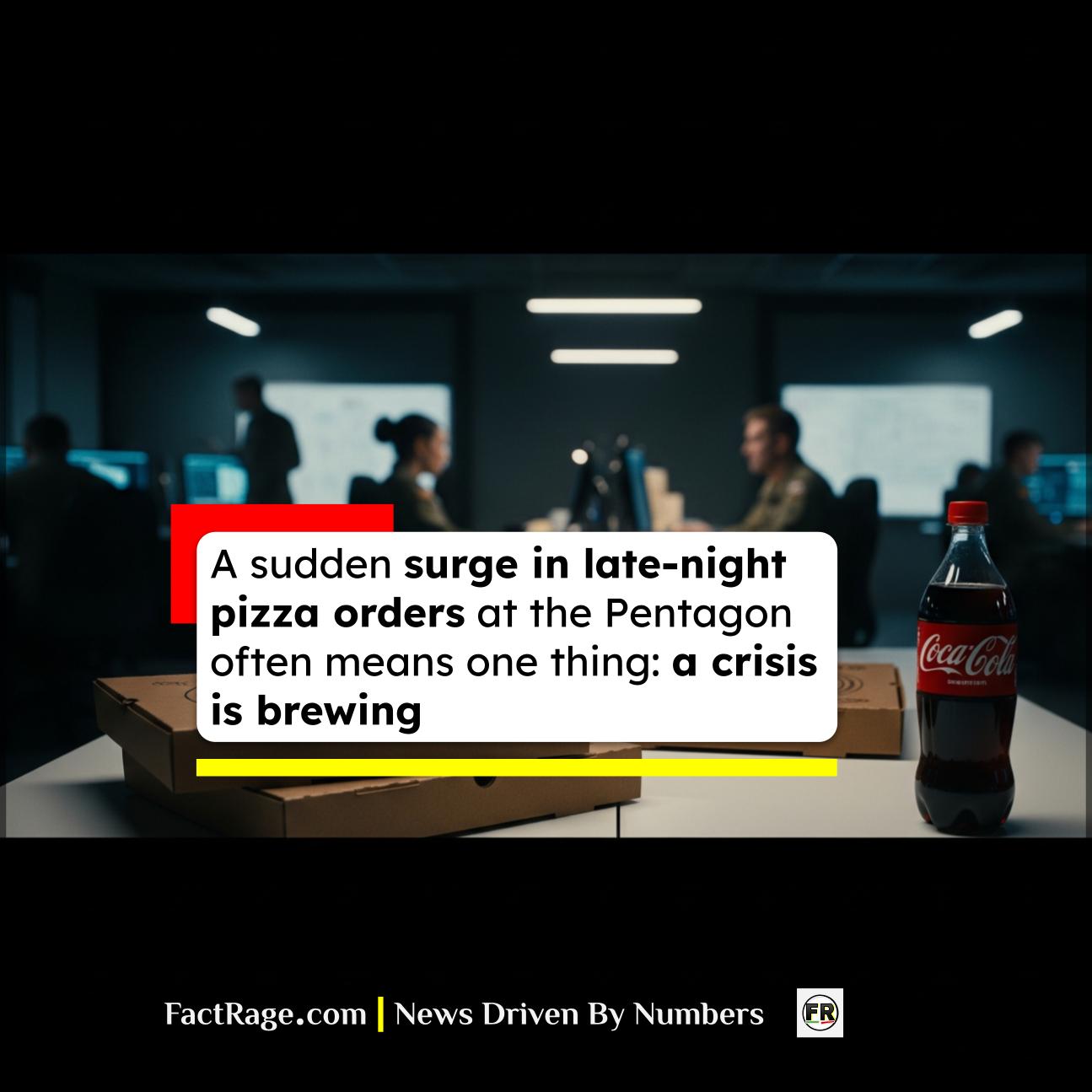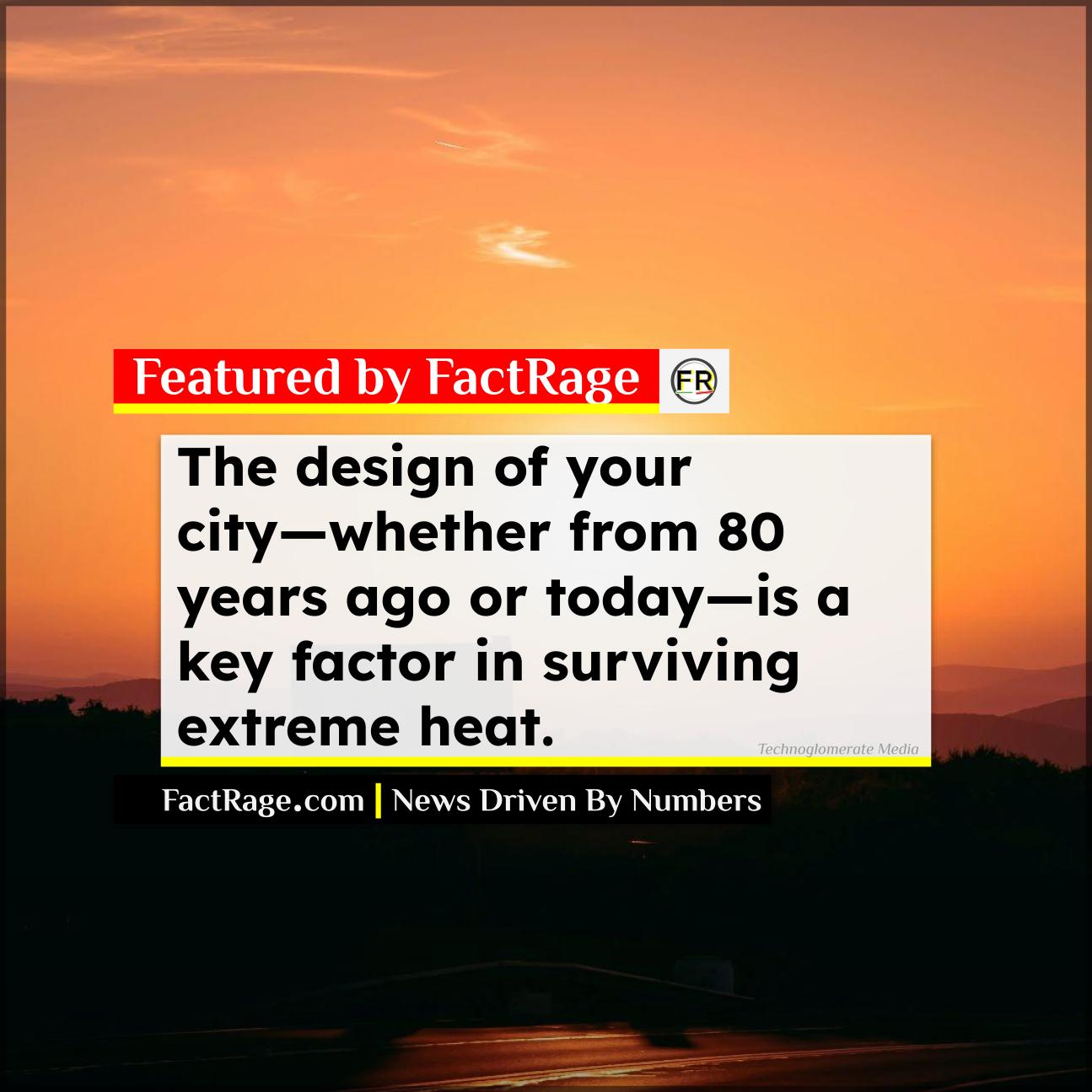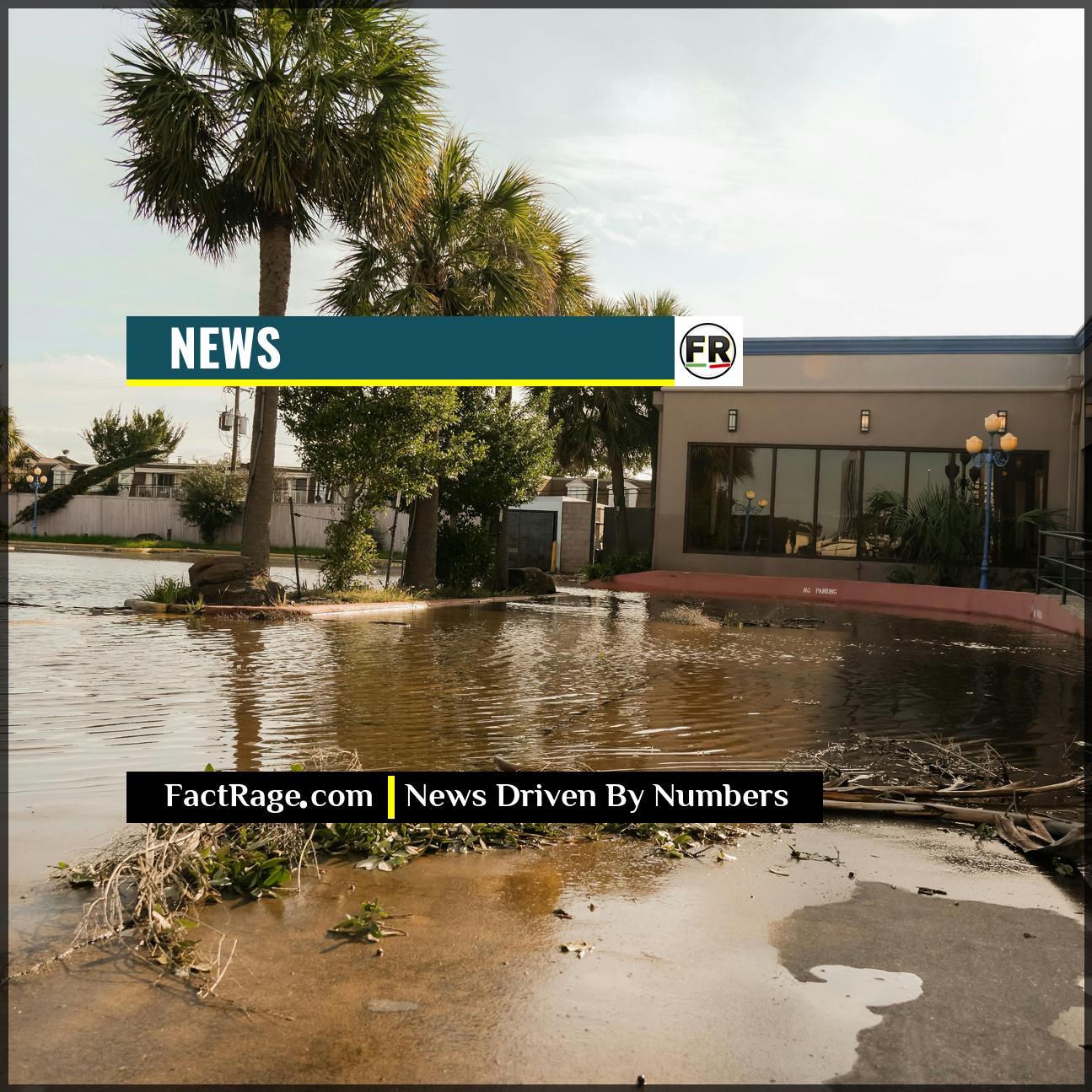OJAI, CA – A massive column of smoke from the nearby Madre Fire looms over this small valley town, serving as a constant reminder to residents that their lives are once again dictated by wind speed and containment lines.
- Fire Status – The Madre Fire has burned over 15,700 acres in the Los Padres National Forest and is currently 25% contained, threatening communities like Ojai and prompting evacuation warnings for 5,000 people.
- Economic Impact – Local businesses, particularly those reliant on tourism, report significant downturns as evacuation warnings and hazardous air quality deter visitors and disrupt supply chains.
- Community Strain – Residents face recurring “fire fatigue,” a documented state of heightened anxiety and emotional exhaustion resulting from the now-annual threat of major wildfires.
Online, the Madre Fire is a colored perimeter on a digital map, updated hourly by CAL FIRE. Here on the ground, it’s the smell of smoke, the sound of helicopters, and the uncertainty of what comes next.
What Happens When ‘Fire Season’ Becomes a Year-Round Reality?
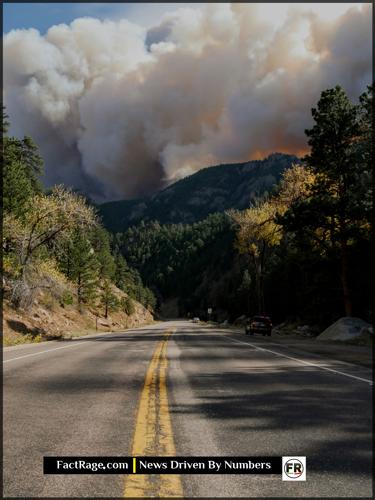
For generations, “fire season” in California was a predictable, if dreaded, part of late summer and autumn. That predictability is gone. The Madre Fire, sparked by a lightning strike in late June, is the latest evidence of a new, year-round reality for communities on the wildland-urban interface. Today, on the Fourth of July, the town’s annual parade and fireworks display are canceled. It is the third time in the last decade that a fire has disrupted the holiday.
“We used to worry about this in October,” said Maria Flores, a retired teacher who has lived in Ojai for 40 years. “Now, we have our ‘go bags’ packed by the door from May through January. It changes how you live, how you plan. It’s a low, constant hum of anxiety.”
According to CAL FIRE data, the number of acres burned annually in California has increased dramatically over the past two decades, with many of the state’s most destructive fires occurring outside the traditional season. This shift is attributed by climatologists to warmer, drier winters and prolonged drought conditions, which create a landscape primed to burn for more months of the year.
How Does a Town’s Economy Survive on Smoke and Ash?
The economic fallout of a major fire begins long before a single structure is lost. Ojai’s economy is heavily dependent on tourism, with visitors drawn to its boutique hotels, spas, and outdoor recreation. With the Madre Fire dominating the news, that pipeline has been cut off.
“Cancellations started the moment the first evacuation warning was issued,” said David Chen, manager of a local hotel who requested his business’s name be withheld. “Occupancy is down 80%. My staff are worried about their hours, and some have had to evacuate themselves. It’s a chain reaction.”
The impact extends beyond tourism. Agricultural operations, particularly the valley’s famous Pixie tangerine groves, face threats from smoke and potential water shortages as resources are diverted to firefighting efforts. For residents and business owners, the insurance landscape adds another layer of financial stress. Major insurers like State Farm and Allstate have either paused or ceased writing new homeowner policies in many high-risk California zip codes, making it more difficult and expensive for residents to secure coverage.
Is ‘Resilience’ Enough to Keep a Community Together?
The word “resilience” is used frequently by officials and in media reports. On the ground, the concept is more complex. Community support networks have mobilized, with neighbors helping to clear brush, house evacuees, and share information. Yet, this communal strength is tested by a phenomenon mental health experts call “fire fatigue” or “disaster fatigue.” The emotional toll of repeated evacuations, financial uncertainty, and living under threat wears people down.
This constant pressure is forcing difficult conversations. At a sparsely attended community meeting at the local high school, the primary topic was not the fire’s current perimeter, but the town’s future. Younger families questioned the long-term viability of raising children in the area, while older residents debated whether to rebuild if the worst were to happen.
The Madre Fire will eventually be contained. But for the people of Ojai and countless towns like it across the American West, the end of the fire is simply the beginning of a recovery process and another period of waiting for the next one.

